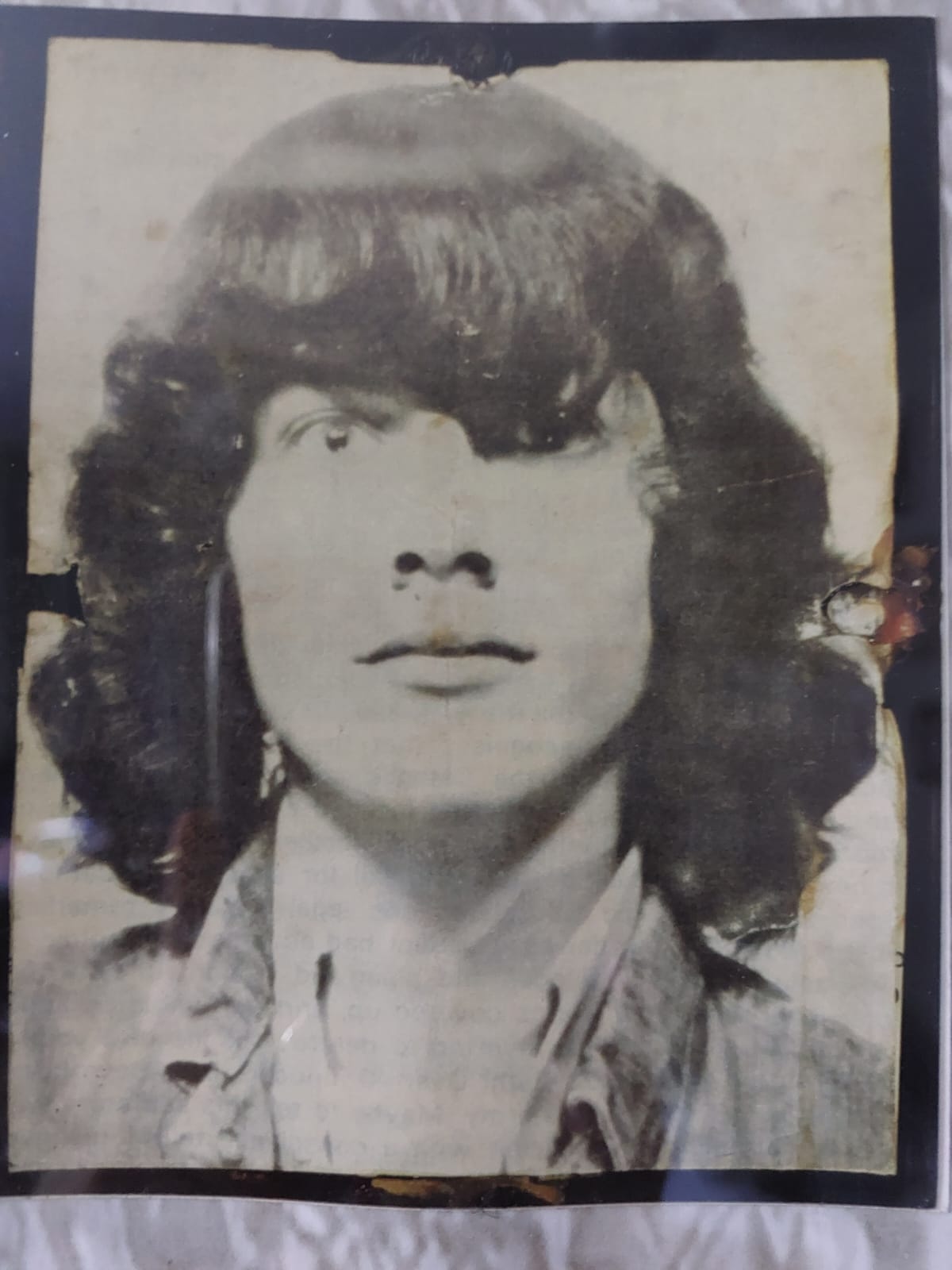In a landmark ruling, a coroner has declared Belfast teenager Leo Norney “entirely innocent” after he was shot dead by British soldiers in 1975. This gripping video delves into the fresh inquest that uncovered the truth behind this tragic event, revealing the deliberate actions of soldier John Ross MacKay. We share moving statements from Leo's family, who have fought tirelessly for justice over nearly five decades. Discover how this case not only restores Leo's good name but also highlights the ongoing struggle against state cover-ups.
The Unjustified Killing of Leo Norney
On a fateful September evening in nineteen seventy-five,seventeen-year-old Leo Norney's life was tragically cut short in the Turf Lodge area of West Belfast.Leo, an innocent teenager, was on his way to meet his girlfriend,unaware that his life was about to be brutally extinguished.He had just stepped out of a taxi when British soldier Lance Corporal John Ross MacKay,without provocation or justification, opened fire.Leo, struck by three bullets, died at the scene.The British Army, in a callous attempt to conceal their crime, concocted a false narrative.They painted Leo as a gunman,claiming he had fired upon them, thus justifying their lethal response.This fabricated account, readily accepted at the time,cast a dark shadow over Leo's name and plunged his family into decades of agonizing uncertainty and relentless pursuit of truth.The initial inquest, held in nineteen seventy-six,returned an open verdict, failing to provide the Norney family with the closure they desperately sought.The weight of this injustice, the unanswered questions,and the sullying of Leo's character compounded their grief,casting a long shadow over their lives.
The Coroner's Findings and the Deliberate Act
Nearly fifty years later, a fresh inquest, overseen by Coroner Patrick McGurgan, has finally brought to light the truth about Leo Norney's death.The coroner's findings are unequivocal- Leo Norney was entirely innocent and his shooting was unjustified.This long-awaited vindication, while offering a degree of solace, lays bare the brutal reality of Leo's murder and the subsequent cover-up orchestrated by the British Army.The inquest heard harrowing testimony from witnesses, including a former soldier identified only as M2, who admitted to falsifying statements out of fear of retribution from MacKay, known for his violent and unpredictable behaviour.M2's account, along with other evidence, revealed that MacKay had expressed a chilling desire to waste someone that evening.Coroner McGurgan, in his conclusion, stated that Leo was an innocent young man who happened to find himself in the wrong place at the wrong time.This stark statement, devoid of ambiguity, dismantles the Army's long-held narrative and exposes the true nature of Leo's death - a cold-blooded murder of an unarmed teenager.
Decades of Pain and the Quest for Truth
The inquest findings, while vindicating Leo's innocence, have also brought into sharp focus the unimaginable pain and suffering endured by the Norney family for almost five decades.Linda Norney, Leo's niece, spoke powerfully about the family's long and arduous battle for justice.She spoke of her uncle, not as the gunman he was portrayed to be, but as an innocent, good-hearted, happy-go-lucky teenage boy whose life was tragically cut short.Linda highlighted the devastating impact of Leo's killing on her family, particularly on his parents, Francis and Annie.Francis, unable to bear the weight of his son's unjust death and the struggle for truth, died prematurely, his life consumed by grief.Annie, displaying remarkable resilience, campaigned tirelessly to clear her son's name, her pursuit for justice continuing until her own passing.The Norney family's ordeal stands as a testament to the enduring power of love, the unwavering pursuit of truth, and the devastating consequences of state violence and impunity.Their story serves as a stark reminder of the human cost of conflict and the importance of accountability, even decades after the events."State Killings, Cover-Ups, and the Pursuit of Accountability The Leo Norney inquest, while providing a measure of closure for his family, carries profound implications that extend far beyond this individual case.It shines a bright light on the issue of state killings during the Troubles, the tactic of cover-ups, and the vital importance of independent inquests in uncovering the truth.Fearghal Shiels, the solicitor representing the Norney family, underscored the significance of the inquest system in challenging state-sanctioned narratives and holding those responsible to account.He criticised the British government's attempts to curtail such inquests through the proposed Legacy and Reconciliation Bill, arguing that such moves are a deliberate attempt to shield perpetrators of violence from scrutiny.The Norney case, along with numerous other recent inquests, has ignited a debate about legacy, justice, and accountability in the context of the North of Ireland conflict.The British government’s determination to push through the Legacy Bill, despite widespread opposition, raises concerns about the future of truth and reconciliation in the North of Ireland.Will victims and their families be denied the right to know the truth about what happened to their loved ones?Will perpetrators of violence, be granted amnesty without full disclosure? The British government resists any attempts to uncover the truth about the full extent of its campaign of murder and collusion in the north of Ireland.These are the questions that hang heavy in the air as the debate surrounding legacy continues.
.png)

Comments